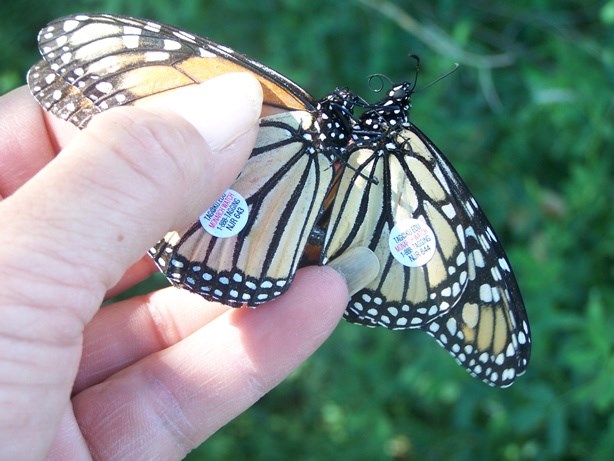
Courtesy of Jeff Campbell Sand Creek Massacre National Historic Site (NHS) was established in 2007, in part to preserve and protect the cultural landscape of the massacre area. Protection of native biological resources, including animals, is integral to preserving the cultural landscape. Sand Creek Massacre NHS is primarily composed of shortgrass prairie and sage shrubland. Sand Creek, an intermittent stream, crosses the site. Shortgrass prairies support numerous animal and plant species, including federal and state listed endangered, threatened, and candidate species. The natural environment has impacted the lifestyles of humans who have used the area for the past 8,000–10,000 years. Humans have also left their mark on the landscape. The site and surrounding area have been affected by hunting, grazing, cultivation, water diversion, development, introduction of non-native species, and local extinction (extirpation) of native species such as pronghorn antelope and bison. The landscape of Sand Creek Massacre NHS is a record of human relationships with the natural environment, the contrasting values of Indians and Euroamericans, and their competition for limited resources. The environmental history of the site describes how the impacts of human actions contributed to how the environment changed over time. The continued protection and preservation of these resources will contribute to the changing diversity of the ecosystem and biological communities of the Plains and Sand Creek Massacre NHS. Scientific study and observation of these resources will add to our understanding of this unique environment. 
National Park Service To protect the treasures in their care, park managers need accurate information about what kinds of resources are in the park, how and why they are changing over time, and what amount of change is normal. Like a physician monitoring a patient's heartbeat and blood pressure, ecologists with the Southern Plains Network collect long-term data on key resources that can indicate overall ecosystem health. When park managers have early warning of potential problems, they have a better chance of dealing with them before they become harder—and more expensive—to fix. Other field work is conducted by park staff, graduate students, or independent researchers. Because many parks prohibit activities that occur elsewhere, scientists can use the parks as "control" areas for determining the effects of these activities where they do occur. Especially in the American West, national park lands often serve as the best model for what an undisturbed landscape looks like. Quick ReadsSource: NPS DataStore Saved Search 3681 (results presented are a subset). To search for additional information, visit the NPS DataStore. Park Species ListsSelect a Park:Select a Species Category (optional):
Search results will be displayed here.
Looking for more information? Explore the other pages in this section to learn more. |
Last updated: April 24, 2025
